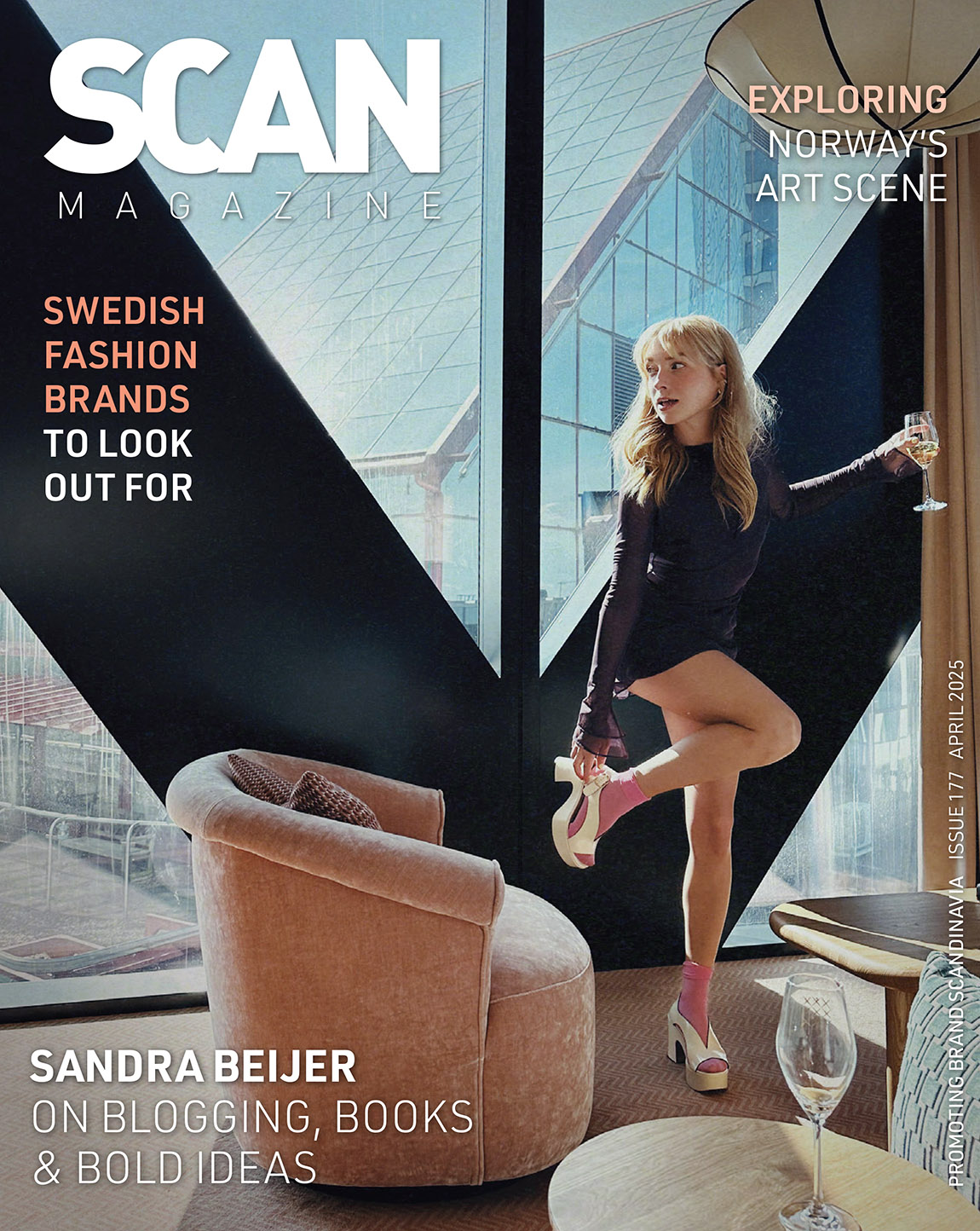Visual Communication – Sweden’s next export?

At the moment the automation of our society works at a furious pace. New products and services that facilitate our lives come to life every day. Innovations that also have the ability to succeed globally. One part in the making concerns visual communication. Colours, signs, symbols, pictures and instructions have to work in every part of the world.
A story recounts how one of Steve Jobs’s close colleagues lent a brand new iPad to a six-year-old in a far-off country. Without any previous computer experience, it took the child only a couple of minutes to swipe it open and go for the fun games.
A recipe for global success
To succeed in an emerging global market, high demands follow for all new companies. The most important part is naturally the innovation in itself and how it’s designed. Another is the overall identity, mostly shown through visual communication: to create attraction and emotion that places the brand in its right setting.
In times of economic fluctuations, where communication in many cases has been limited to hard sales, choosing to work continuously on a brand identity can create a stronger loyalty – more far-sighted than differentiation through price. Successful brands in visual communication and other design categories work with a much broader palette than company logos. Design is not about a good looking surface. It’s an on-going process where business concept, attitude, emotion, affiliation and position are neatly trimmed to stimulate awareness and attitude for the brand among its devotees.
An industry in growth
Within KOMM (The Swedish Association of Communication Agencies), the number of members in the design field doubled between 2011 and 2014. The IRM (Institute for Advertising and Media Statistics) shows that the design and branding industry in Sweden is growing at about five per cent per year. The agency revenue in the same period was SEK 650m, and total investment (including implementation) was about SEK 13bn. The category is predicted to overtake much of the traditional advertising investment over the next ten years to come. Combining the strong innovation among Swedish start-ups with the growing awareness for visual communication, Sweden can get closer to its high business aim: to double the nation’s exports by 2020. Let’s visualise that!
By Patrick Smith, member of the International Committee at KOMM, published in Scan Magazine issue 70 – November 2014 | Photo: Lowe Brindfors fotografer
Subscribe to Our Newsletter
Receive our monthly newsletter by email





